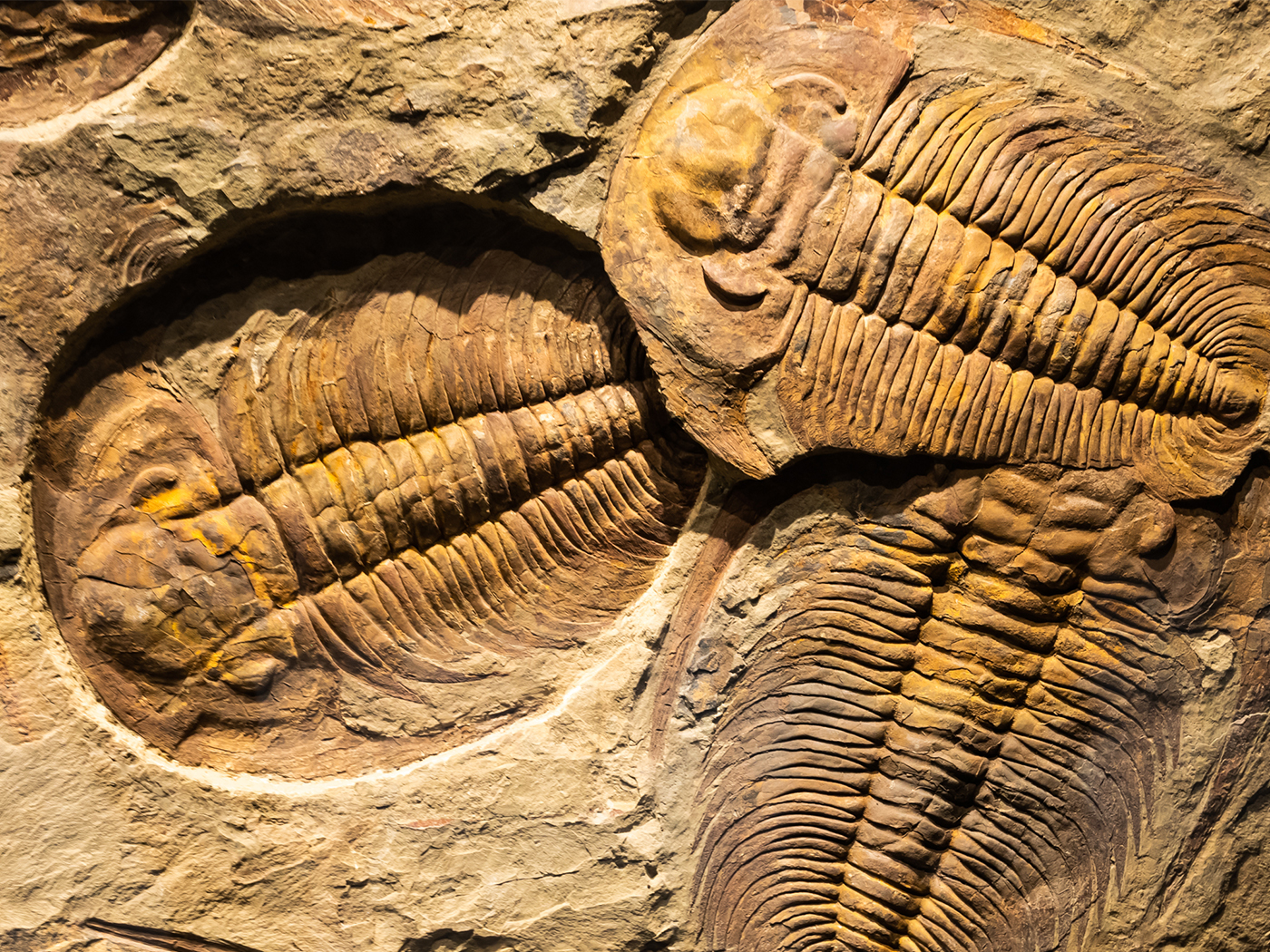Did mankind come from Adam? Did nations arise from families dispersed from Babel, found in modern-day Iraq? Genesis says, "These were the families of the sons of Noah, according to their generations, in their nations; and from these the nations were divided on the earth after the flood."1 But according to the most popular versions of human evolution, mankind came from an ape-kind. Animals supposedly evolved without supernatural tinkering, and the world's nations slowly emerged from Africa. But discoveries from archaeology, linguistics, and genetics during 2015 confirm the Genesis account.
Strange-looking fossil reconstructions named Homo naledi were probably the most popular human origins news this past year. Promoters made the usual pro-evolution claims about Homo naledi—the same stories made about so many previous fossils, which all turned out to be extinct apes or human varieties. But even those most hopeful of finding a truly transitional ape-man hybrid were left with more questions than answers.2
For example, the discoverers claimed that Homo naledi's strangely long arms, human-looking feet, but tiny ape head bridge anatomical gaps between Lucy—an extinct ape form—and man. But how can we be sure that the team accurately reassembled a whole body from the 1,550 or so scattered bone pieces they found, considering the subjectivity and bias involved when scientists piece together what they hope was an individual? In other words, what if Homo naledi is merely a mix of human and ape bones?3
ICR's CEO Dr. Henry Morris attended an international press conference held in Dallas soon after the find was announced. He watched Homo naledi promoter Lee Berger deflect a question about the fossil's age. One can understand Berger's tactic, knowing that Homo naledi only becomes relevant to human origins if its age assignment fits exactly between the published time ranges of Lucy and humans—ignoring the fact that evolutionary literature shows those time spans already overlap.4 If evolutionary dating methods deem the remains too young to be man's ancestor or too old to be Lucy's descendant, then what would become of Berger, his find's fame, and his funding?
So far, fossil finds and human observations match the Genesis account of God having made each kind—whether ape or man—to reproduce look-alikes. Does DNA fit this view too?
This past year, a large team of geneticists published genome analyses from 101 Bronze Age human remains. The researchers found that genetic lineages in these representative ancestors of ours were much less mixed than modern comparative populations. This relative genetic purity makes sense if they had only recently migrated from the Middle East, not yet having intermarried across borders for millennia. Their results confirm other studies showing human genetic diversity blossoming only around 5,000 years ago—much closer to the Bible's history of recent human origins than evolution's history aimed at millions of years.5
Would languages tell the same story? A unique study compared DNA differences and 2,082 different languages with people group locations around the globe. They found that languages matched corresponding genetic groups. Surprising those with evolutionary expectations, actual genetic and linguistic migration patterns did not expand out of Africa.6
The dispersal of languages across the globe matches the same Out-of-Babel story as archaeology, fossils, genetics, and Scripture.
References
- Genesis 10:32.
- A truly transitional creature would have transitional features, meaning an organ or other body part having some of the fit and function of an evolutionary ancestor, yet some of the fit and function of that organ or body part found in its evolutionary descendant. Evolutionary scientists have never yet universally agreed about any proposed organ's transitional status.
- Clarey, T. Homo naledi: Geology of a Claimed Missing Link. Creation Science Update. Posted on icr.org October 15, 2015, accessed December 18, 2015.
- Clarey, T. Homo naledi: Dating the Strange Ape. Creation Science Update. Posted on icr.org October 19, 2015, accessed December 18, 2015. Also see Lubenow, M. 2005. Bones of Contention: Revised and Updated. Grand Rapids, MI: Baker Books, 337.
- Tomkins, J. Bronze-Age DNA Confirms Babel Dispersion. Creation Science Update. Posted on icr.org June 26, 2015, accessed December 18, 2015.
- Tomkins, J. Out of Babel—Not Africa. Creation Science Update. Posted on icr.org February 16, 2015, accessed December 18, 2015.
*Mr. Thomas is Science Writer at the Institute for Creation Research.
Article posted on January 7, 2016.
























